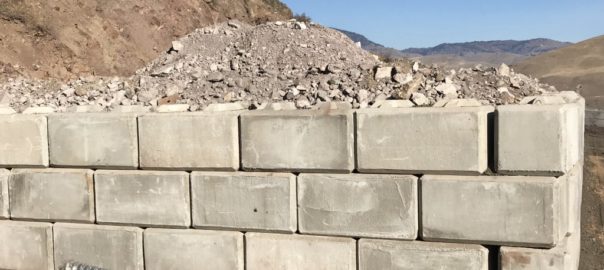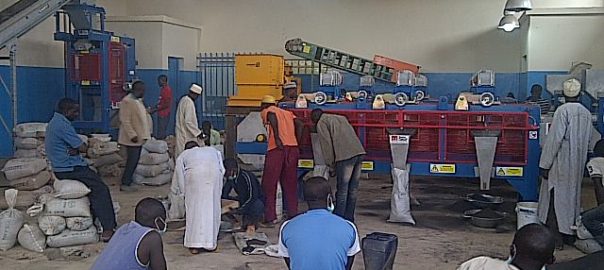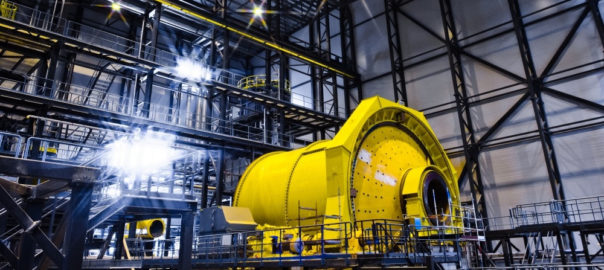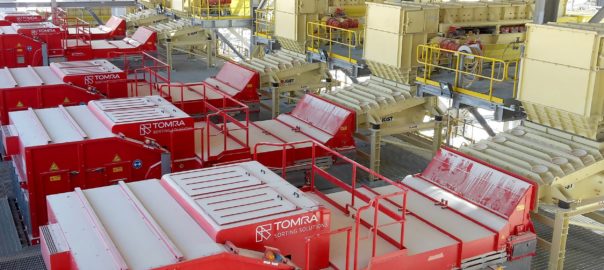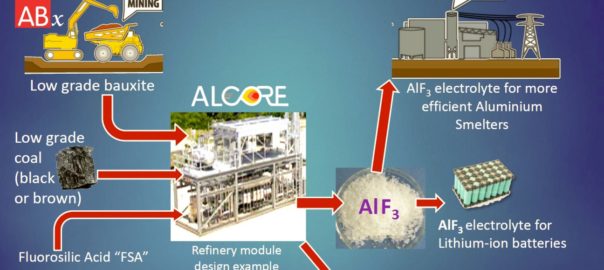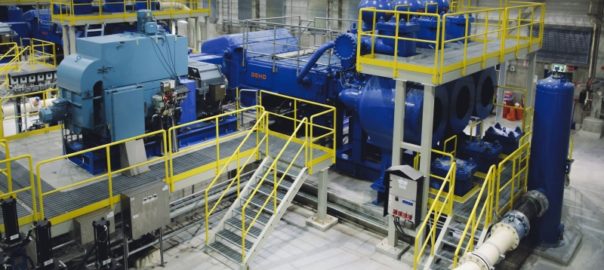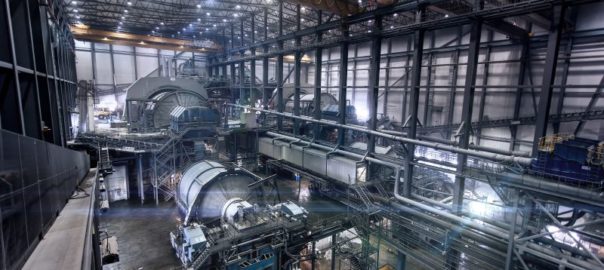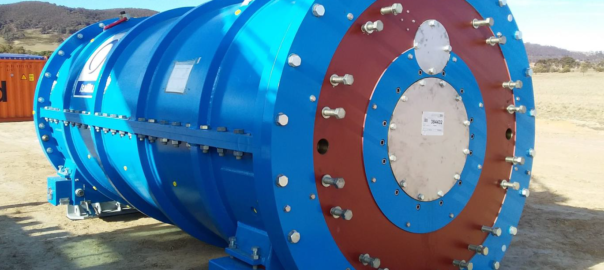Bayhorse Silver Inc has shipped high grade metallurgical samples (166 –175 oz/t Ag), to identified smelters, as well as to Mineral Solutions, of Coeur d’ Alene, Idaho, to receive firm pricing for extracting and refining silver and other minerals from the its shipping grade concentrate processed through its ore-sorter. The 8 kg of metallurgical samples graded 5,452.42 g/t, 5,175.60 g/t and 5,278.25 g/t Ag respectively, were taken from a homogenous 50 kg underground channel sample from the Bayhorse silver mine.
The company has a Letter of Intent with Minerals Solutions, a Joint Venture between Liberty Refiners of Hayden, Idaho and Irish Metals of Coeur D’ Alene, to process a portion of its upgraded shipping material directly into pure refinery grade 4 X Nine silver. By grinding its upgraded shipping material to -80 mesh at the mine, Bayhorse is better able to provide material that meets Minerals’ specifications for refining.
Upon receipt and acceptance of definitive terms, the company will commence deliveries of upgraded shipping material to Minerals.
Bayhorse CEO Graeme O’Neill comments “by upgrading the mineralization to shipping grade, the company is able to reduce transportation costs per ounce, and minimize processing losses that inevitably occur during flotation concentration. This allows for reduced costs in the processing and smelting/refining options available to us as we upgrade our high grade silver bearing mineralization to shipping grade, and we minimize the 10% losses that normally occur during the flotation process. We are very proud to have developed the Bayhorse silver mine at a cost of $1.00 per inferred silver resource ounce”.
The company is currently tramming over 1,200 t of already extracted mineralization from the high grade Goldilocks zone, 1,100 ft inside the mine at the extreme western end of the main haulage, to the newly built all weather storage pad. The picture shows that pad ready for all-weather cover installation.
The mineralized material is then passed through the crushing circuit, where it is reduced to between 8mm and 20mm – 25mm in size, to allow for greater selectivity when processed through the Steinert XRT ore-sorter at rates up to 40 t/h.
The sorter removes up to 95% of the non-mineralized and low grade material from the process stream, increasing the silver grade to the shipping grade of 103 oz/t Ag (3,000 g/t) or better prior to being shipped to the smelter/refiner.






